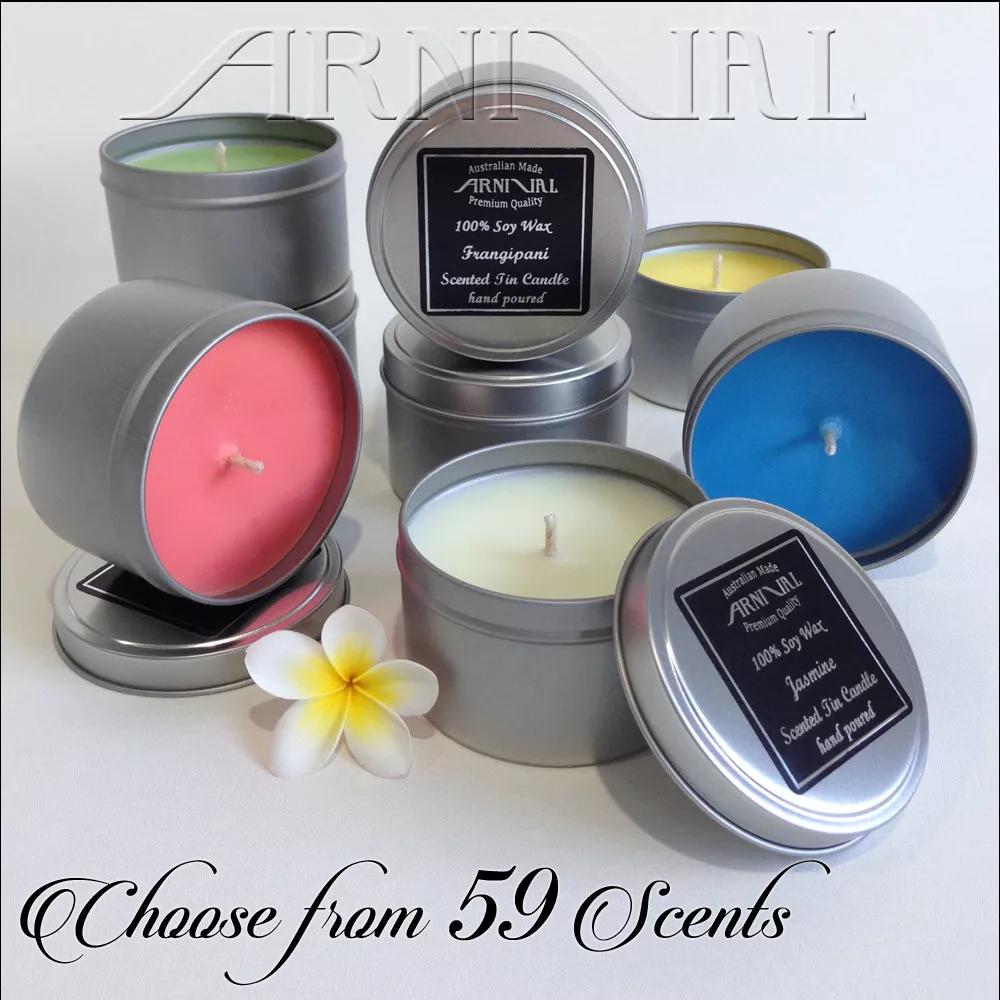Elevate Your Room with Premium Soy Wax Candles and Home Fragrance
Wiki Article
From Wick to Wax: Recognizing the Chemistry Behind Soy Wax Candles and Their Ecological Impact
As we illuminate our rooms with the warm glow of candle lights, there lies a world of elaborate chemistry behind the relatively simple act of lighting a soy wax candle. The selection between soy and paraffin wax prolongs past simple looks, diving into the realm of environmental impact and the really composition of the products. Comprehending the molecular framework of soy wax and its burning procedure loses light on the exhausts released right into our surroundings. Join us as we unravel the clinical intricacies behind soy wax candle lights and explore their ramifications on our setting.Soy Wax Vs. Paraffin Wax
When comparing soy wax and paraffin wax for candle light production, it is vital to comprehend the distinctive qualities and advantages of each material. Soy wax is a natural, renewable source stemmed from soybean oil, making it eco-friendly and biodegradable - candles. In contrast, paraffin wax is a byproduct of petroleum refining, which raises problems concerning its environmental influence and sustainabilitySoy wax candle lights shed cleaner and release much less residue compared to paraffin wax candles, making them a much healthier choice for indoor air quality. Furthermore, soy wax has a lower melting point, allowing for a longer-lasting candle light that disperses scent much more successfully. Paraffin wax, on the other hand, tends to shed faster and much less easily, possibly releasing harmful chemicals right into the air.
From a sustainability perspective, soy wax is preferred for its biodegradability and sustainable sourcing, lining up with the expanding customer choice for ecologically conscious products. While paraffin wax has actually been a traditional choice in candle making due to its cost and convenience of usage, the shift towards green alternatives like soy wax is acquiring energy in the sector.
Chemical Structure of Soy Wax

Combustion Process in Soy Candles
The chemical composition of soy wax directly affects the combustion procedure in soy candles, impacting variables such as burn time, scent launch, and environmental impact. When a soy candle is lit, the heat from the fire melts the wax near the wick. This fluid wax is then formulated the wick due to capillary activity. As the liquid wax gets to the fire, it vaporizes and undertakes combustion. The burning process involves the vaporized hydrocarbons in the wax responding with oxygen airborne to generate warm, light, water vapor, and carbon dioxide.
The burning performance of soy candle lights is affected by the pureness of the soy wax and the quality of the wick. In addition, soy wax candle lights have a reduced environmental effect compared to paraffin candles due to their eco-friendly and eco-friendly nature.

Environmental Advantages of Soy Wax

Taken into consideration a lasting alternative to standard paraffin wax, soy wax supplies remarkable ecological benefits that make it a popular option amongst eco-conscious consumers. One considerable benefit of soy wax is its renewable sourcing. Soy wax is acquired from soybean oil, which is primarily grown in the USA. The farming of soybeans aids support neighborhood farmers and minimizes the dependency on non-renewable nonrenewable fuel sources utilized in paraffin wax production. Additionally, soy wax is biodegradable, indicating it breaks down normally without releasing hazardous contaminants right into the atmosphere. This particular makes soy wax candles a more eco-friendly alternative compared to paraffin wax candle lights, which are made from petroleum, a non-renewable source. Soy wax burns cleaner and creates much less soot than paraffin wax, adding to much better indoor air high quality and minimizing the requirement for cleansing and maintenance. In general, the environmental benefits of soy wax line up with the growing demand for sustainable and environmentally friendly products out there.
Recycling and Disposal Considerations
Reusing and correct disposal of soy wax candle lights play a crucial role in keeping ecological sustainability and minimizing waste in neighborhoods and households. The initial step is to make certain that the candle light has actually melted entirely when it comes to reusing soy wax candles. This can be achieved by allowing the candle to burn up until the wick is no much longer usable, and afterwards allowing the remaining wax cool and strengthen. As soon as the wax has actually strengthened, it can be carefully removed from the container.
In terms of disposal, if recycling is not an option, soy wax candles are naturally degradable and can be safely disposed of in the majority of house waste systems. Nonetheless, it is constantly suggested to contact neighborhood recycling centers or waste management services for particular guidelines on candle disposal to make sure appropriate handling and environmental security.
Final Thought
In conclusion, the chemistry behind soy wax candles exposes their environmental advantages over paraffin wax candle lights. Soy wax, originated from soybean oil, burns cleaner and creates less soot when compared to paraffin wax. The burning procedure in soy candle lights is a lot more efficient, resulting in a much longer and much more even melt. In addition, soy wax is renewable and eco-friendly, making it a more lasting selection for candle manufacturing. Recycling and correct disposal of soy wax candles additionally add to their environmental impact.When contrasting soy wax and paraffin wax for candle light making, it is essential to understand the distinctive qualities and benefits of each product (candles).Soy wax candle lights melt cleaner and produce less soot contrasted to paraffin wax candles, making them a much healthier selection for interior air quality.Considered a sustainable option to standard paraffin wax, soy wax supplies remarkable ecological advantages that make it a popular option amongst eco-conscious customers. Soy wax burns cleaner and creates less soot than paraffin wax, contributing to much better indoor air top quality and reducing the demand for cleaning and upkeep.In verdict, the chemistry behind soy wax candle crystal soy candles lights discloses their ecological benefits over paraffin wax candles
Report this wiki page